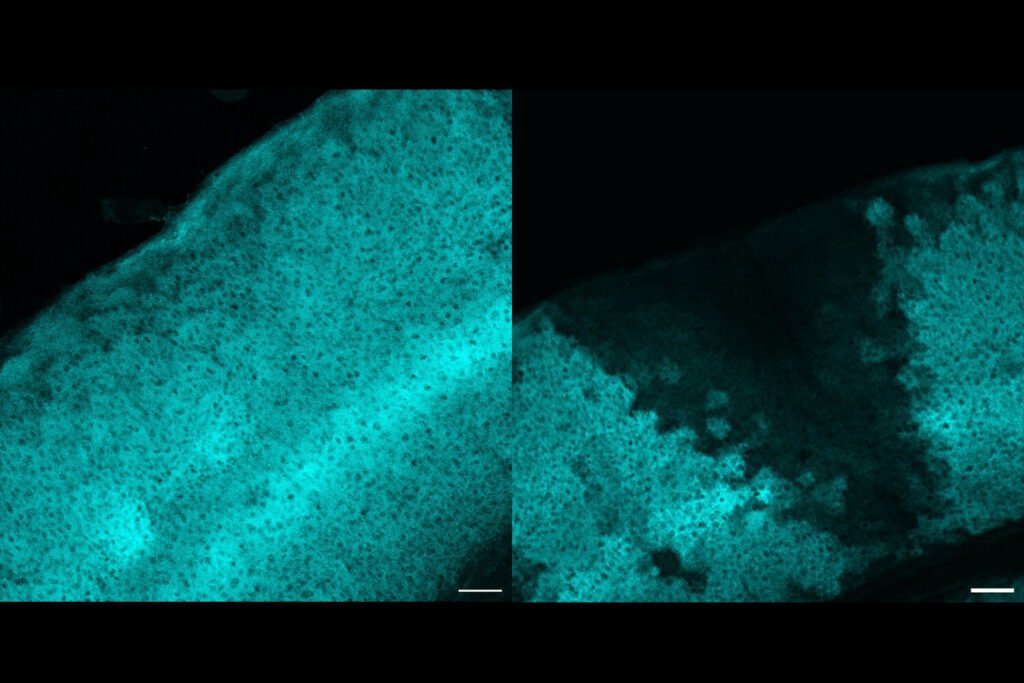Astrocytes, often overlooked in brain research, have been found to play a crucial role in maintaining the chemical balance necessary for neurons to work together effectively in processing information. A recent study by MIT researchers at The Picower Institute for Learning and Memory delved into the function of astrocytes in the visual cortex of mice and discovered their involvement in regulating a protein called Gat3, which affects the transmission of the inhibitory neurotransmitter GABA.
The study, published in eLife, utilized a novel CRISPR/Cas9 gene editing technique to knock out Gat3 in astrocytes, leading to an accumulation of GABA in the visual cortex. While individual neurons seemed unaffected by this change, the coordination and communication between neurons in the visual cortex were disrupted. This impairment was evident at the population level, where neural ensembles struggled to encode information about visual stimuli when Gat3 was absent.
The researchers used advanced statistical and computational analyses to uncover the impact of Gat3 knockout on neural activity. They found that the collective activity of neurons became less predictable and less informative when Gat3 was missing. This disruption in neural coordination shed light on the importance of astrocytic regulation of GABA in facilitating efficient information processing in the visual cortex.
Moreover, the study’s findings may have implications for understanding certain clinical conditions associated with Gat3 dysregulation, such as an increased risk of seizures or impaired motor coordination. By highlighting the role of Gat3 in neural ensemble coordination, the research provides valuable insights into how astrocytes contribute to brain function beyond their traditional support roles.
Further research is needed to explore the compensatory mechanisms that the brain may employ in response to Gat3 disruption and to elucidate the broader implications of astrocytic modulation on neural network activity. The study’s innovative approach and compelling results pave the way for future investigations into the intricate interplay between astrocytes and neurons in shaping brain function.
This article was originally published by MIT News and has been republished here for informational purposes. For more details on the study, you can access the full paper in eLife.


